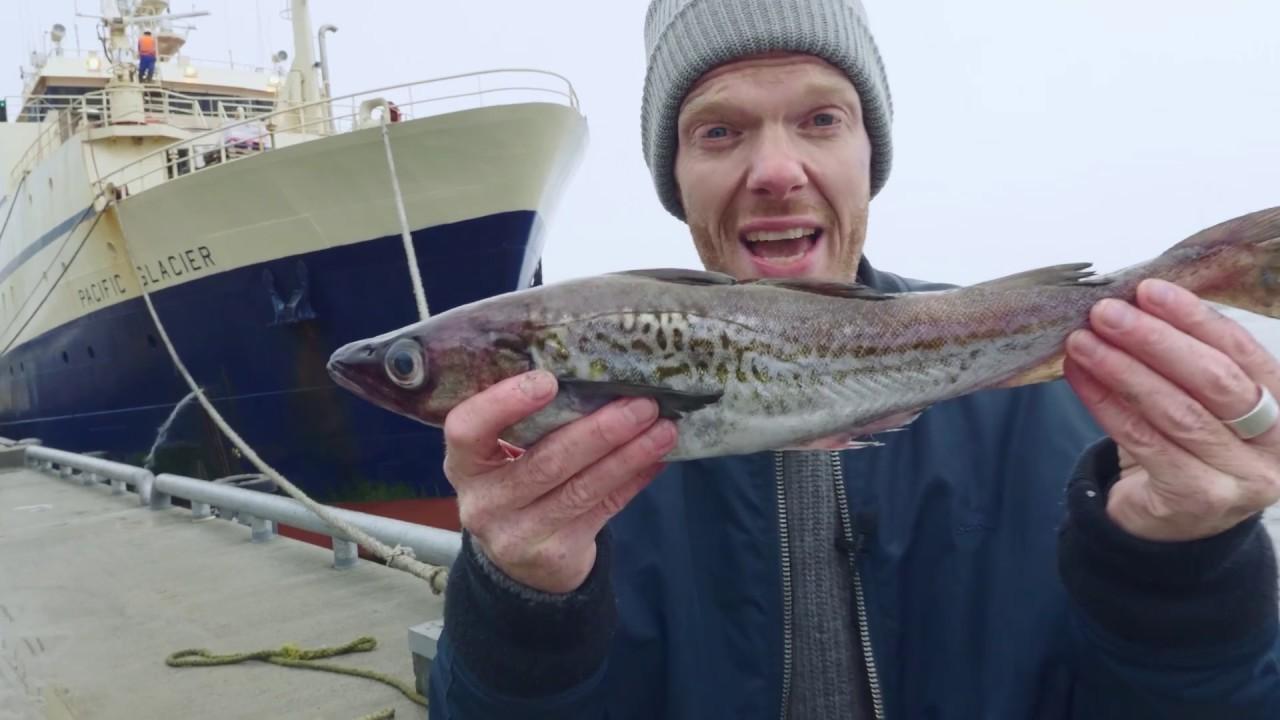Wild Pollock Market Shows Recovery After Temporary Drop Due to Fuel Cost Increases in Shipping

Wild Pollock Market Overview: Key Insights into a Global Seafood Staple
Wild pollock is a foundational species in the global seafood market, playing a significant role in food security, economic development, and sustainable fisheries management. Known for its mild flavor, firm texture, and adaptability in a wide range of food products, wild pollock particularly Alaska pollock (Gadus chalcogrammus) is one of the most heavily fished and widely consumed whitefish in the world. This blog post provides a comprehensive overview of the wild pollock market, highlighting its production, consumption, trade, regulatory framework, and key market dynamics.
What Is Wild Pollock?
Wild pollock refers to fish caught from natural marine environments rather than farm-raised sources. The most commonly targeted species is Alaska pollock, which is found primarily in the Bering Sea, the Gulf of Alaska, and the Sea of Okhotsk. It belongs to the cod family and is often used in processed seafood products such as fish fillets, fish sticks, and surimi (a processed fish paste used in imitation crab meat).
Due to its relatively low fat content and high protein value, pollock has become a global staple for both consumers and foodservice providers. Its versatility and affordability make it a preferred alternative to more expensive whitefish species like cod and haddock.
Global Production and Harvesting
Wild pollock is harvested primarily by two countries: the United States and Russia. Together, they account for the vast majority of global supply.
-
United States (Alaska): The U.S. wild pollock fishery is one of the largest and most sustainably managed fisheries in the world. Governed by the National Marine Fisheries Service (NMFS), quotas are established annually based on scientific stock assessments. Harvesting is carried out in two distinct seasons—A season (January to April) and B season (June to November)—to maintain ecological balance and product quality.
-
Russia: Russia’s pollock fishery operates mainly in the Sea of Okhotsk and the Bering Sea. It also adheres to quota-based management, although regulatory transparency varies compared to the U.S. system. Russia is a major exporter of raw and processed pollock, especially to Asian markets.
Together, the U.S. and Russia supply over 3 million metric tons of pollock annually, making it one of the top three most harvested seafood species globally.
Processing and Product Forms
Pollock is prized for its adaptability, which allows it to be transformed into a wide array of products. Key forms include:
-
Surimi: Used extensively in imitation crab and other processed seafood products.
-
Frozen fillets: Sold through retail and foodservice channels.
-
Breaded and battered portions: Common in quick-service restaurants and institutional food programs.
-
Fish meal and oil: Byproducts used in animal feed and dietary supplements.
Much of the processing is done in China, which imports frozen whole fish (also known as "H&G" or headed and gutted) and re-exports finished products to the U.S., Europe, and Japan.
Market Demand and Consumer Trends
Demand for wild pollock is strong across a diverse set of markets. In North America and Europe, pollock is valued for its affordability, sustainability, and adaptability to frozen and ready-to-eat meals. In Asia, particularly Japan and South Korea, surimi-based products are a dietary staple.
Several consumer trends are currently shaping demand:
-
Health and wellness: Pollock is low in fat and high in lean protein, aligning well with health-conscious consumer preferences.
-
Sustainability: Certified wild pollock particularly from Alaska—meets the growing demand for eco-friendly and traceable seafood.
-
Convenience: The rise in frozen and ready-to-cook products has made pollock a go-to choice for busy households and foodservice operations.
Trade and Global Distribution
Wild pollock is a highly traded commodity. After harvesting, a significant portion of pollock is exported for processing, particularly to China. From there, value-added products are distributed globally.
Key importers and consumers include:
-
United States: Both as a producer and a major market for value-added products.
-
European Union: Particularly the UK, Germany, and France, where pollock is used in retail and institutional catering.
-
Japan and South Korea: Heavy consumers of surimi and other processed pollock products.
Trade, however, is subject to geopolitical risks, including sanctions, tariffs, and evolving labor regulations. Recent developments, such as import restrictions on Russian seafood by some Western nations, have disrupted traditional trade flows and prompted reassessment of supply chain strategies.
Sustainability and Certification
The wild pollock fishery, especially in Alaska, is widely regarded as a global benchmark for sustainability. It holds certifications from bodies such as the Marine Stewardship Council (MSC), which assess fishery practices for environmental responsibility, traceability, and stock health.
Sustainability has become a core value proposition in the market, with many retailers, foodservice companies, and governments requiring eco-certification for procurement.
Challenges and Outlook
Despite its relative stability, the wild pollock market faces several challenges:
-
Climate change: Ocean warming and acidification may alter pollock distribution and spawning success over time.
-
Labor and processing issues: Global labor shortages and shifting labor standards in processing hubs may affect supply reliability.
-
Geopolitical uncertainty: Sanctions, trade disputes, and logistical disruptions continue to complicate global distribution.
Looking ahead, the market outlook for wild pollock remains strong. With growing demand for healthy, sustainable protein and the continued evolution of efficient supply chains, wild pollock is well-positioned to maintain its status as a key player in the global seafood industry. Stakeholders who invest in transparency, innovation, and adaptability will be best equipped to thrive in this dynamic market landscape.
- Art
- Causes
- Crafts
- Dance
- Drinks
- Film
- Fitness
- Food
- Games
- Gardening
- Health
- Home
- Literature
- Music
- Networking
- Other
- Party
- Religion
- Shopping
- Sports
- Theater
- Wellness


